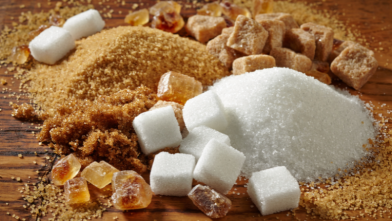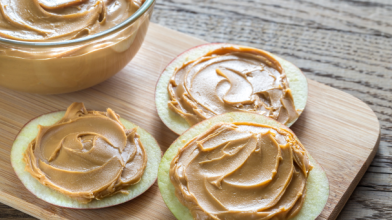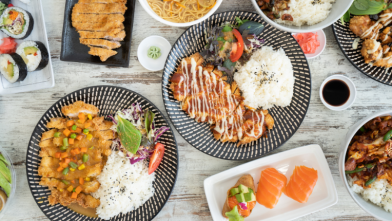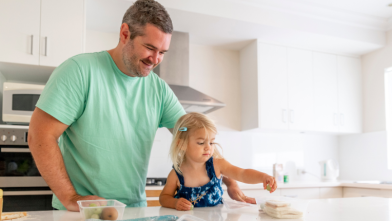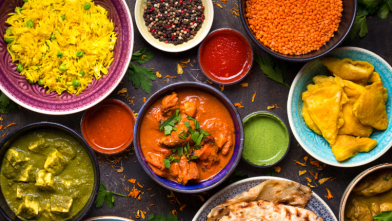While canned beans are a popular choice, dried beans may be a better option for your lifestyle, wallet, and pantry.
Why Choose Dried Beans over Canned Beans?
Compared to canned beans, dried beans can be more cost effective and often have better taste and texture. Though, if you choose to purchase canned beans, aim to choose those with a “low sodium” or “no added salt” label.
Where to Buy Dried Beans
Beans can be found fresh, canned, and dried. Fresh beans are often found seasonally, while canned and dried varieties are offered year-round.
Consider buying fresh dried beans over the dried varieties found on the bottom of supermarket shelves. Even though these tend to be more expensive, they will taste better and be less chewy. If you buy dried beans at a supermarket, check the dates on the bags to avoid buying ones that have been on the shelf for too long. The older the beans are, the tougher and chewier when cooked.
If you choose to buy fresher dried beans, try looking for them at your local farmers markets, in markets that sell beans in bulk (they have a faster turnover), or order them online. If your budget allows for additional spending and you want to try different varieties than what is typically found at the supermarket, consider buying heirloom beans. Their unique colors and flavors will wow you.
How to Prepare Dried Beans
Preparing dried beans is simple and requires a few steps. First, sort through the beans to remove any little stones or wrinkled beans.
To soak or not? It’s a longstanding debate and ultimately your preference. You can soak them overnight or just for a few hours. Soaking reduces the cooking time, creates plumper cooked beans, and also gives you a flavored liquid in which to cook the beans. If you prefer not to soak them, you can start cooking them right away.
For simple plain beans, put them in a pot and cover with water by a few inches. Bring to a boil, then reduce heat to a gentle simmer to keep the beans from collapsing. Consider adding spices and herbs while they cook to allow them to absorb the flavor.
Because beans vary in age, size, and may be affected by soaking, the best way to know when they’re done is to pull a couple out and give them a taste and texture test. Are they going into a salad or soup? Take them off the heat before they get too soft so they can hold their own. If they’re going into a dip, let them cook until soft and tender.
Ways to Eat and Use Cooked Beans
Beans are a versatile ingredient. You can add them to a salad, soup, or stew. Turn them into dips like hummus or the Herby Bean Dip.
Try mixing other vegetables and herbs with your beans like tomatoes, carrots, onions, or garlic. Sauté them with greens or other vegetables like the Three-Minute Skillet Beans & Greens. Add them to a chili for added protein, fiber, and to make a hearty meal like this turkey and veggie chili. Build a lunch bowl with beans like this Bibb and Bean Burrito Bowl or crisp them in the oven or air fryer for a healthy snack like these Roasted and Spiced Chickpeas.
Looking for other ways to use your freshly cooked beans? Swap out the canned beans in the below recipes with the beans you make.
However you choose to use them in a recipe, consider experimenting with a variety of spices and herbs to create complex flavor profiles you will enjoy. You can even make a large batch of beans and freeze them.
Sign up for the Diabetes Food Hub e-newsletter today to get more recipes delivered to your inbox every month.







